
In January of 2011, as protests erupted across the Middle East and North Africa, thousands of Egyptians took to the streets in support of democratic change in a country that had been ruled for more than 30 years by Hosni Mubarak.
Since then, Egypt’s revolutionary spirit has been stifled. A 2013 military coup established Abdel Fattah Sisi’s government, and a climate of fear continues to be felt across the country. But, as the fifth anniversary of the revolution approaches, TIME LightBox asked nine photographers who captured its beginnings to share their views on its legacy.
What we were witnessing in Cairo in January 2011 was a true revolution. Nobody predicted this, but everyone could explain it afterwards.
What was new in Cairo in 2011 was the large number of young people participating in demonstrations who took the initiative standing up with courage for basic human dignity, against Egypt’s authoritarian president.
On the first Friday of the uprising, I photographed this young man as he took a break during clashes and the night came upon us. There was a lot of fighting that day between the protesters and the police, but there was an euphoric mood amongst the people. They felt that they had finally reached a moment in time where they could express themselves freely.
A man I was walking next to for several hundred meters in the early afternoon broke down in tears because he could finally say out loud what he wanted without fear of punishment. Yet, since then, Egypt has come full circle. It has gone from an oppressive regime, to a brief hope of democracy, and violently back to military rule.
Hundreds of lives were lost, political and religious crackdowns were carried out, as once hopeful people’s lives spiraled from from bad to worse. I was disheartened about the future of this movement while covering the first anniversary of the revolution in 2012, when organized thugs had replaced the lawyers and students, the workers and the dreamers.
For this man on the street in 2011, there was no turning back, he had no choice but to emerge out from the shadows and the wall that protected him and to commit to the fight for freedom.
The pictures in this grid were taken in the days just prior to what became the fall of President Hosni Mubarak in February 2011. That whole experience in and around Tahrir Square really felt like a popular uprising. The Egyptian Revolution was very much about change, about youth, about trying to oppose a regime. This grid of portraits, to me, is something that speaks to this energy. People taking to the streets, fighting with rocks and shields.
My idea was to show just the very low-form, low-tech way that they fought. Being there I imagined this is how the French Revolution must have been. There is a beauty in the idea that even with nothing, just armed with a desire, with a dream, you can reach a critical mass and effect change. Those initial stages of the Egyptian revolution were very much about that.
This man wanted Mohamed Morsi to win the election. But looking back at what happened after the revolution, it’s a picture that represents what is going on in Egypt now. There’s a theatrical aspect, a touch of augmented reality, to this image: Morsi won, but he looks sad and tired.
When I was in Tunisia [in January 2011], I witnessed clashes; in Libya, it was war. There were so many motivations for why people were fighting each other. But in Egypt, I felt that I was really inside a revolution—it was from the people. But I was naive. I was optimistic. I was thinking that something might really change. It was a real revolution, but I didn’t expect that we would be back to where everything started. I feel like this guy in Egypt: All this for nothing.
Read More: These Are the Faces of Egypt’s Revolutionaries
On the eve of the revolution’s third anniversary, I still had hope of change in Egypt and that the revolution wold reach its goals.
We were in Mohandeseen as the protests were happening. As soon as the protesters arrived, the police opened the fire. Everyone began to run to find refuge in the city’s small streets. It took me two hours to find where the protesters were. I followed the evidence on the streets: blood on the ground, broken glass, shouts in the distance. When I found the protesters, I began to take pictures. Suddenly, the sound of bullets was very near and people began to fall. I took this picture and saw this man die. I was terrified. Some protesters took his body while others tried to check whether the fallen people were fine or injured.
The police was blocking both sides of the streets and minutes later, they started arresting the protesters. That day I understood that everything had ended; that the revolution was over.
It was May 2012. A protest in the Abassiya neighborhood in Cairo had been ongoing for days, led, mostly, by Islamist supporters of one presidential candidate. I headed to the site of the protest, where more people were expected to join. As the turnout increased, military police began to violently disperse the protests, using tear gas and rubber bullets. People started running away as troops and armored vehicles chased them out of the district. I ran along with everyone but would stop to take pictures of the chaos.
We had almost made it to the main road, away from Abassiya, as I noticed one of the protesters began running in the opposite direction, toward the troops. I cautiously followed him. He knelt on his knees and waved a victory sign to the troops, who hurled rocks at him. Unmoved—a rock had just evaded the protester’s head and flew over his backpack—I kept shooting while some of the rocks came my way.
It was his bravery, or perhaps naïve idealism, in the face of adversity that stayed with me for a long time—long after I later identified the protester in the picture. To me, this moment represented that period of Egypt’s history—a time dominated by defiant symbolism and sacrificial fervor; many young unarmed protesters would often put their bodies in front of vehicles or troops, trying to stop the inevitable, just to deliver a message and to keep the spirit of their revolution alive.
Coptic Christians in Egypt number more than 10,000,000, making them the largest [religious] minority group in the country, one that became more of a target for extremists in the few years following the Egyptian uprising.
The first few years since the toppling of Hosni Mubarak were marked with acts of aggression and sectarian violence, which instilled fear in the Coptic community in Egypt. At the same time, many of the Christians insisted that the country, and their rights to live, work and thrive in it were worth fighting, and even dying for. “We are here, and we are not leaving!” so many of the Copts said in response to the spike in religious-based violence against them. A second wave of violence characterized by a drastic increase in attacks on churches, Christian homes and businesses countrywide followed the ouster of Egypt’s first elected President and leader of the Muslim Brotherhood Mohamed Morsi. Close to 60 churches were burned in Cairo, Alexandria and Upper Egypt and many priests complained that security forces were absent or slow to come to rescue.
I photographed a Coptic funeral in Abasseya Cathedral. Relatives of victims carried coffins out to be buried following violence that took place in front of the Maspero TV building on October 9 – 10, 2011. It resulted in 28 mostly Coptic deaths and 212 injured. The clashes occurred between Copts demonstrating peacefully against an attack on a church in Upper Egypt and the Egyptian Army and security forces. The Coptic demonstration was violently dispersed by tanks and armored vehicles, as well as random shooting in the crowd.
Egypt’s current state of affairs leaves me questioning the line between fact and fiction. Five years from the country’s momentous Jan. 25, 2011 revolution against strongman Hosni Mubarak’s devastating 30-years in power, the Arab world’s most populous country and historically its most revered, has situated itself in an obscure place between two opposing narratives.
Activists – young men and women, some in their teens, are being arrested with no question, youths are kidnapped from the safety of their homes, schools and universities leaving behind tormented mothers and grieving fathers, torture in prisons is a reality, voices of dissent are systemically told to shut up and the dream of “Bread, Freedom and Social Justice” has been forgotten.
The government with its fleeting post revolution honeymoon phase of transparency has instilled fear in the hearts of Egyptians with voracious propaganda campaigns and outright brainwashing of the public broadcast on television screens, airwaves and pages of daily newspapers. The integrity of the Jan. 25 movement and everyone associated with it has been tarnished. A system of alienation employing an ‘Are you with us or against us’ rhetoric is now commonplace in a country where I see unity as the only possibility forward.
I am sad to say this is not the Egypt I longed for and expected to write five years after the most important chapter in its modern history played out on its iconic square of liberation.
Read More: A Father Searches for Justice 5 Years After Tahrir Square
From my apartment near Tahrir Square I watched the tempo of violence ebb and flow, and the casualties mount. Some days, the early morning volleys of tear-gas fired near the Parliament would seep into my bedroom, waking me up with its distinct acrid taste. Up the avenue, on Mohammed Mahmoud Street, riot police guarding the entrance to the Interior Ministry fought back protestors with birdshot, aiming high for the head. Dozens of protestors were killed there, and a frequent injury was the loss of an eye or two.
By the second anniversary of the Revolution, the area around Tahrir had been transformed into a maze of concrete walls reminiscent of Baghdad. The quasi-permanent street closures around Tahrir Square obstructed one of the busiest thoroughfares in the city, testing the ingenuity of Cairenes determined to carry on with their lives. Unusual traffic patterns developed, and office workers had to crouch and climb one at a time through small openings in the concrete, and jump over the broken fences of adjacent buildings to get to work.
During several key moments in these years of turmoil, I was in Egypt. Away from the politics and news of the day, I search for the quieter moments that are, of course, indirectly influenced by the larger issues. Each day I search for a place to spend a night, through the people I meet.
In times when “trust” seems to be far away, I challenge myself to try to gain the trust of people I accidentally meet. Welcoming a stranger into your house, letting her spend the night, sharing the bed with her and let her take photographs, requires a great deal of trust on the part of the families concerned. Trying to capture these transient, but very powerful, shared moments I experience allows me to be part of intimate experiences with people in between two moments in history.
This photograph is very special to me. It was one of these nights that stay in my mind. One of these moments when things happen to come together. That day, I was looking for a place to sleep in an upper-middle-class neighborhood. Everyone was reluctant to welcome me into their home, but there was one poor vegetable saleswoman, dressed totally in black, who that smiled at me. She could not wait to go home to introduce me to her many children. I slept together with this little girl and her sister in this bed—in between pigeons, some rabbits and other animals. They held me tight and we fell asleep in each other’s arms.
Follow TIME LightBox on Facebook, Twitter and Instagram.
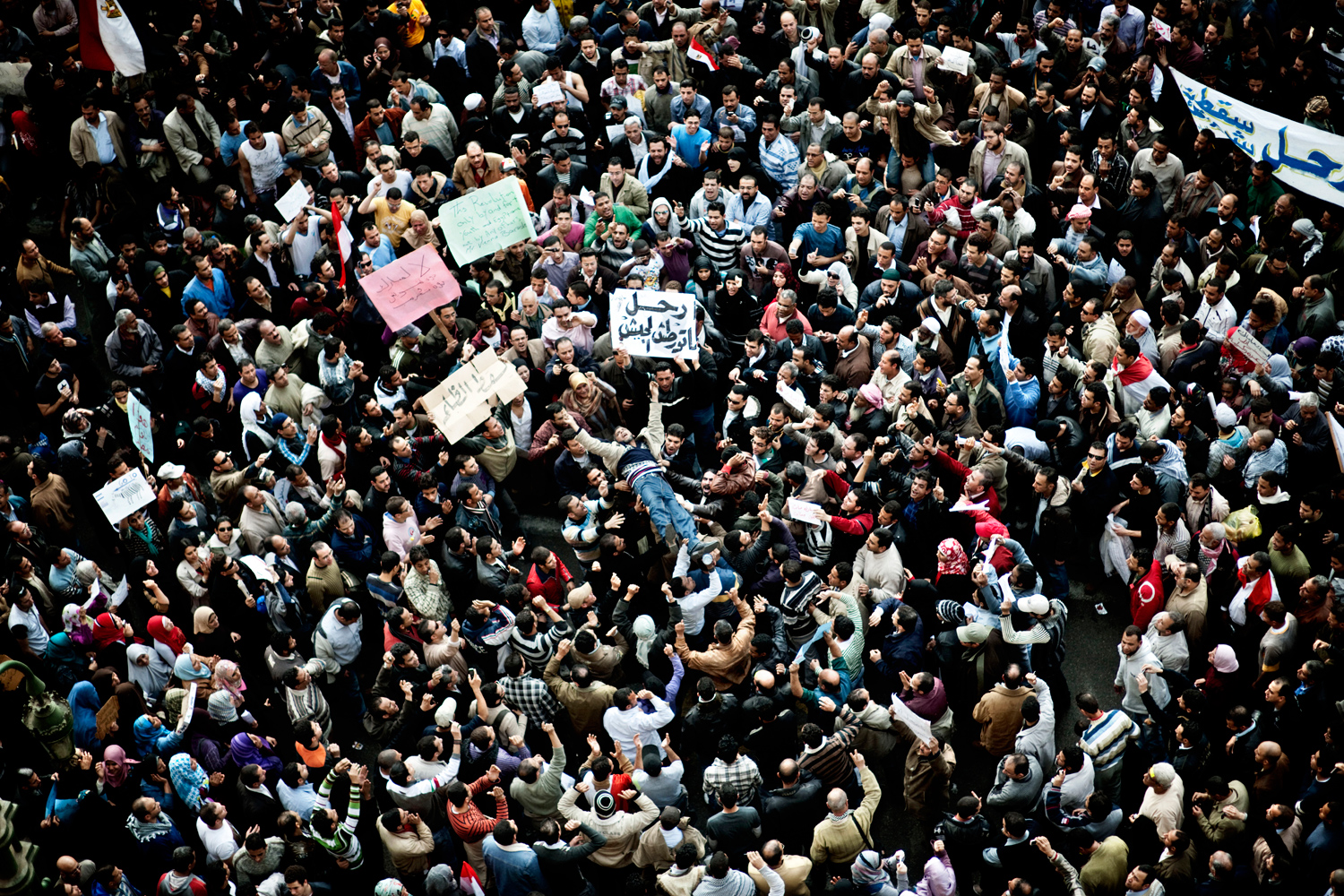
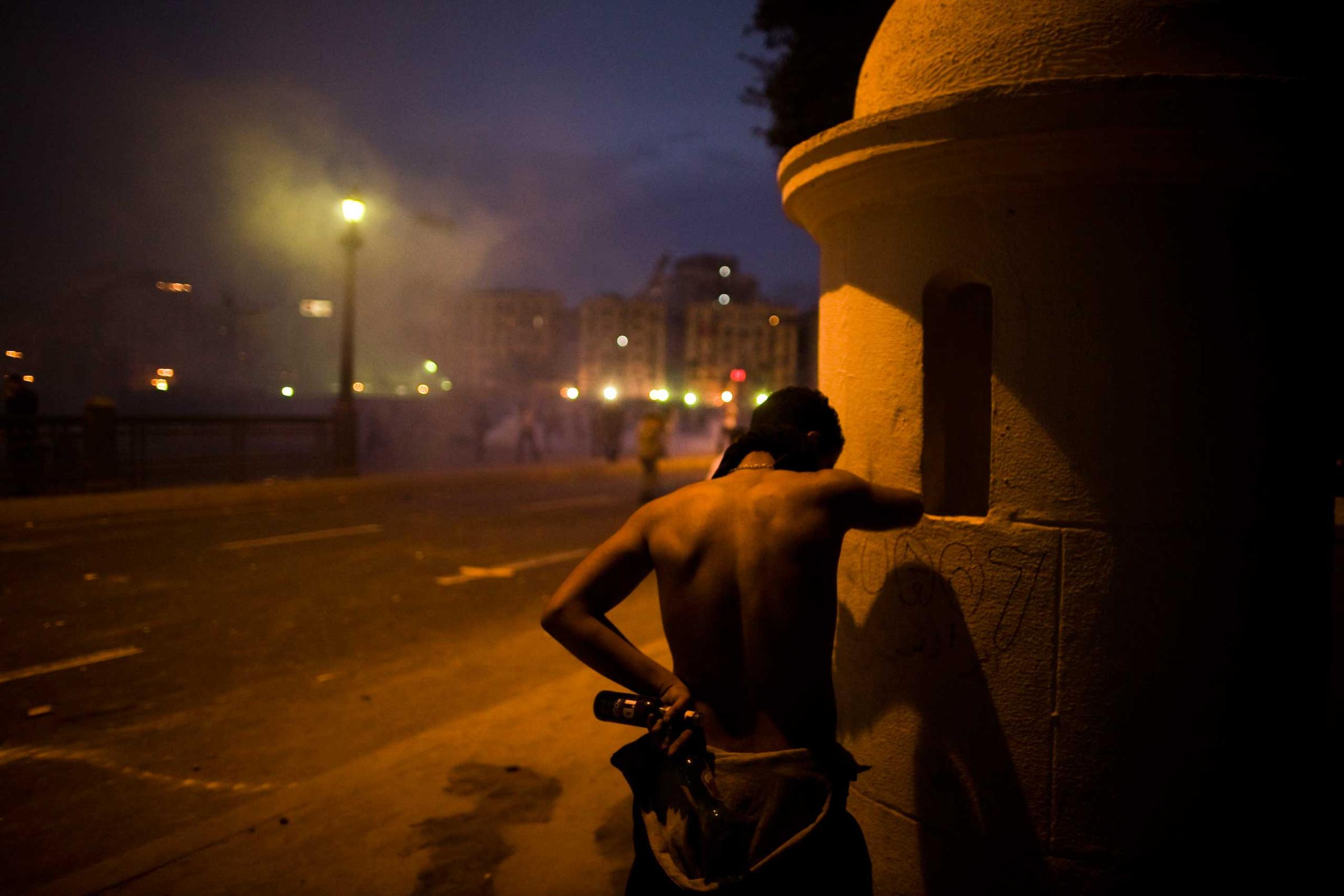
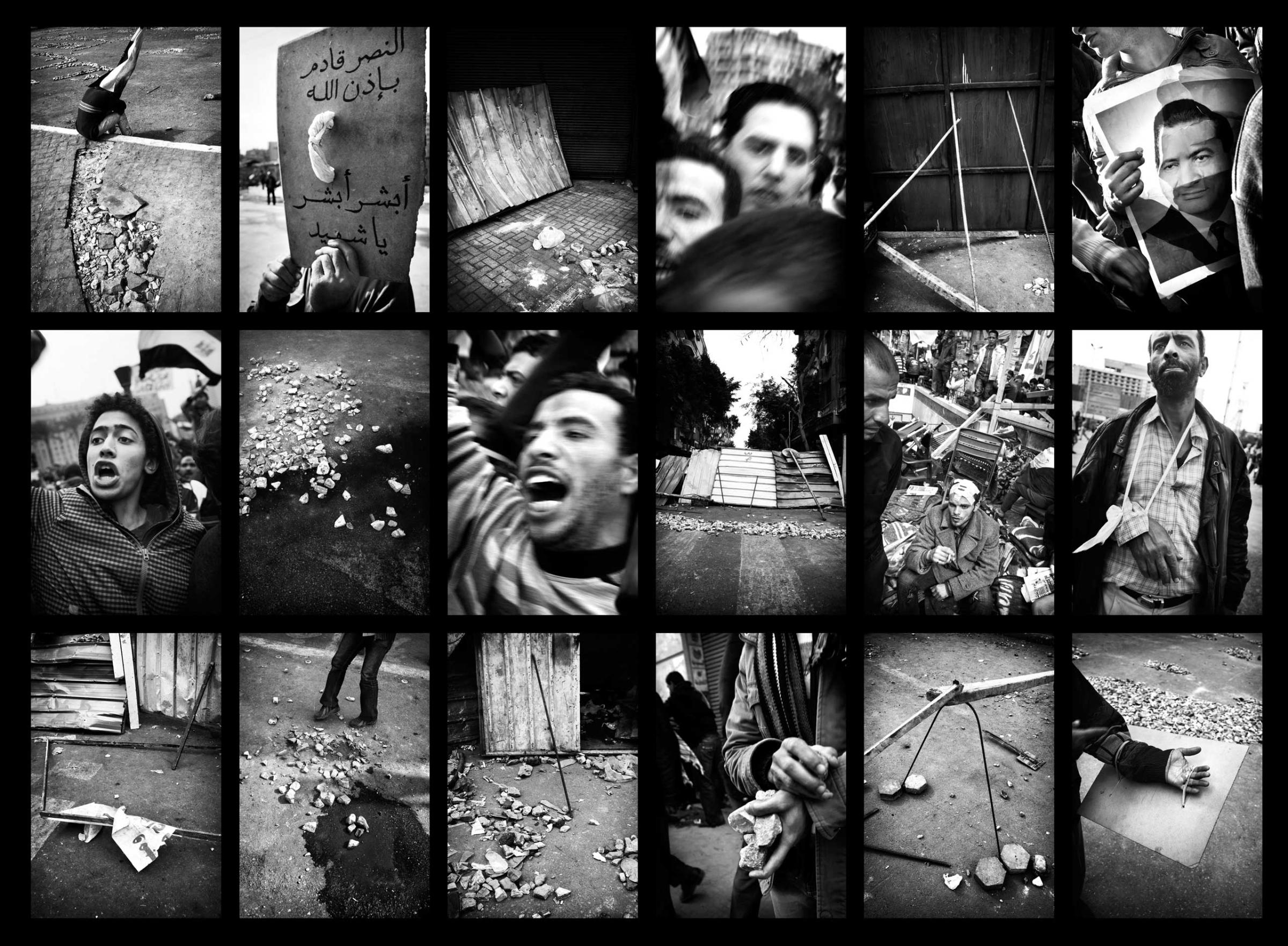
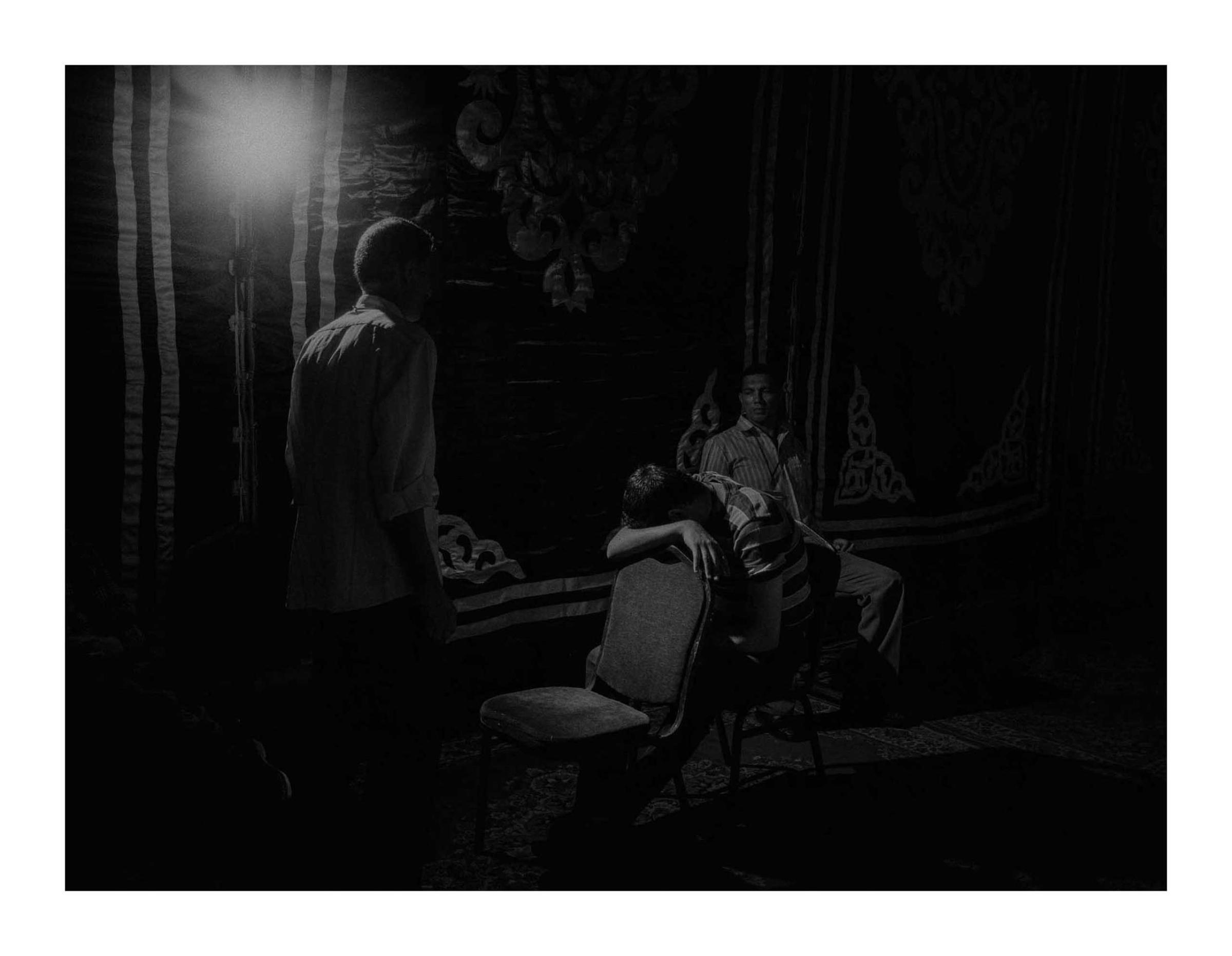


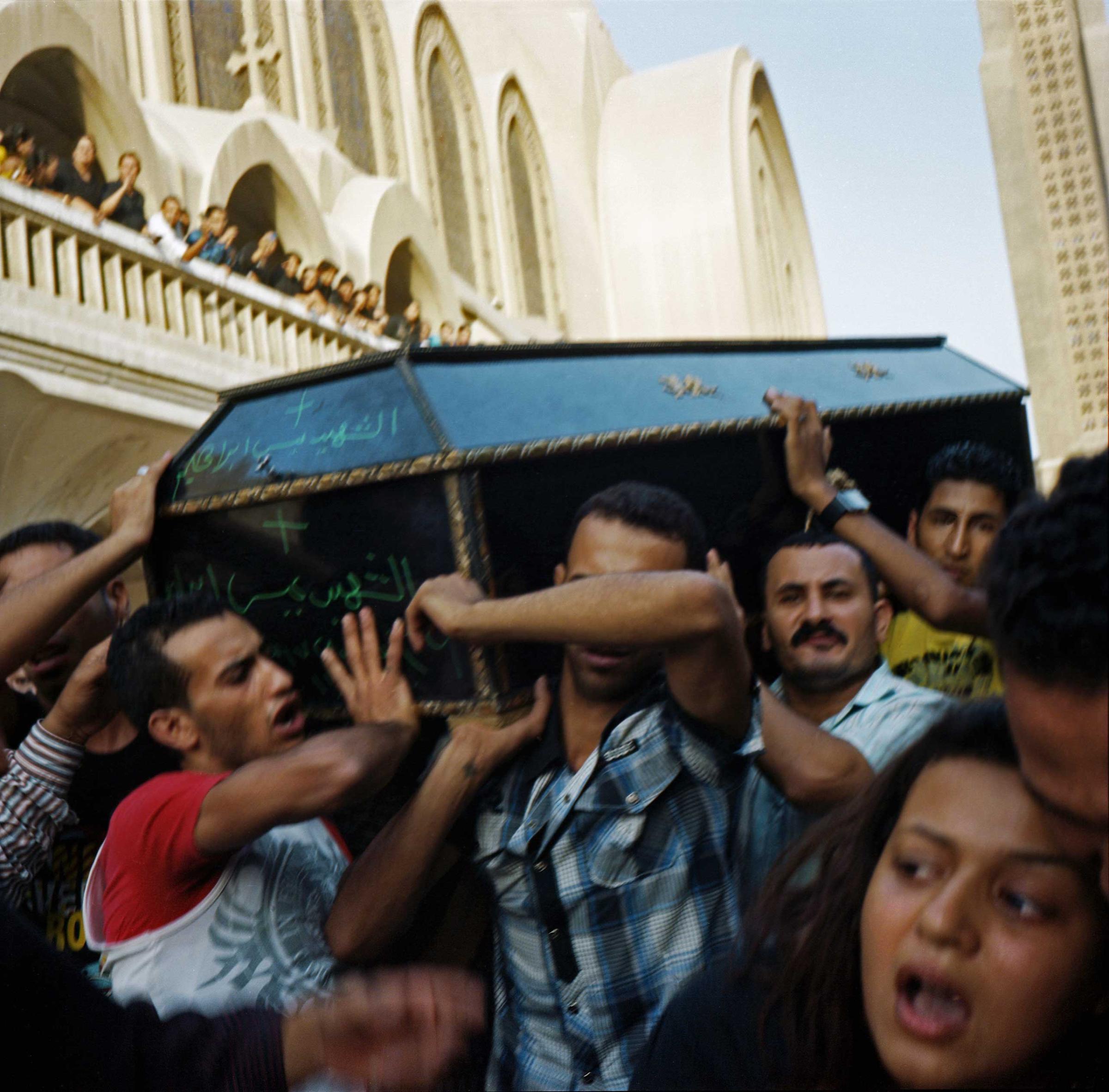
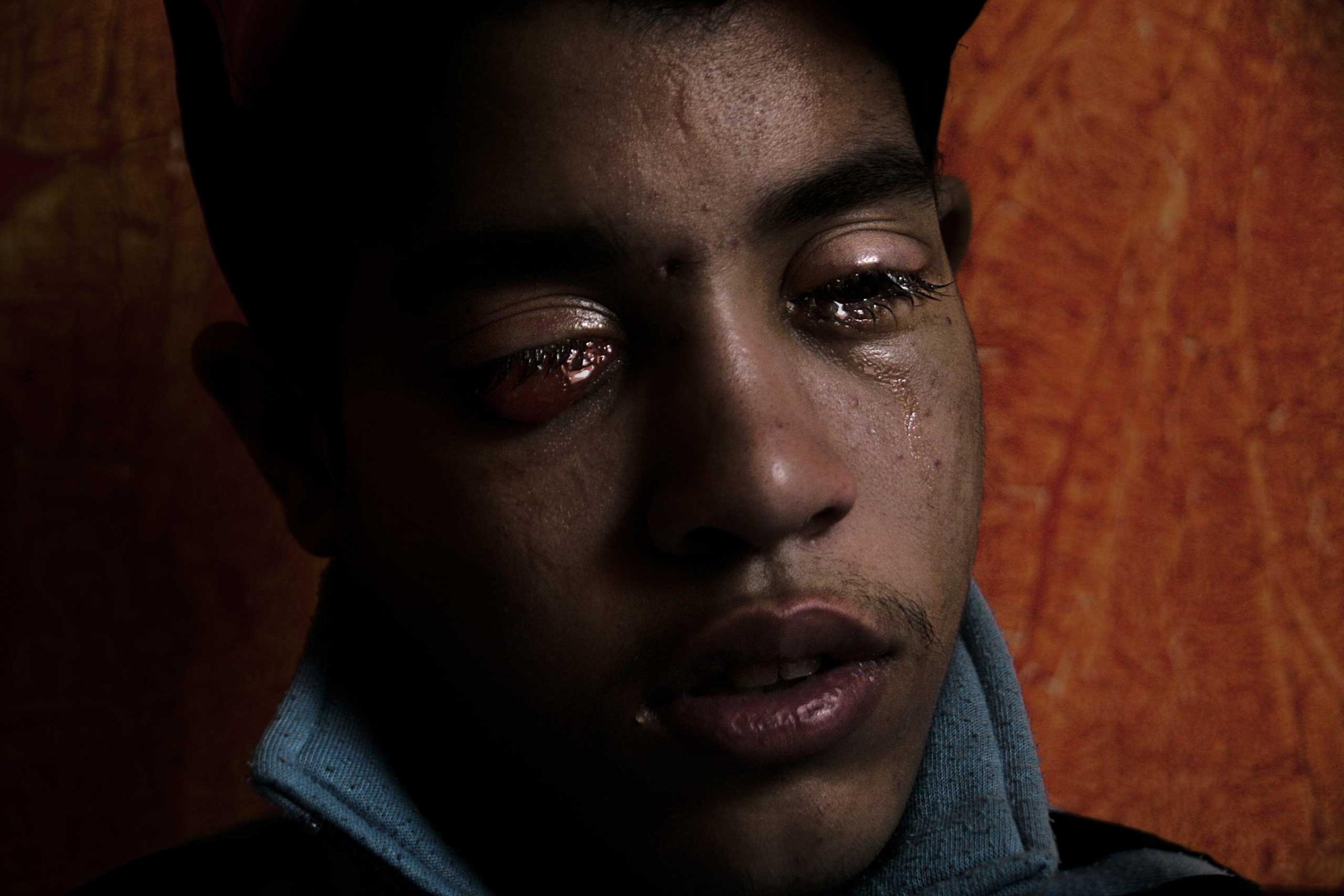
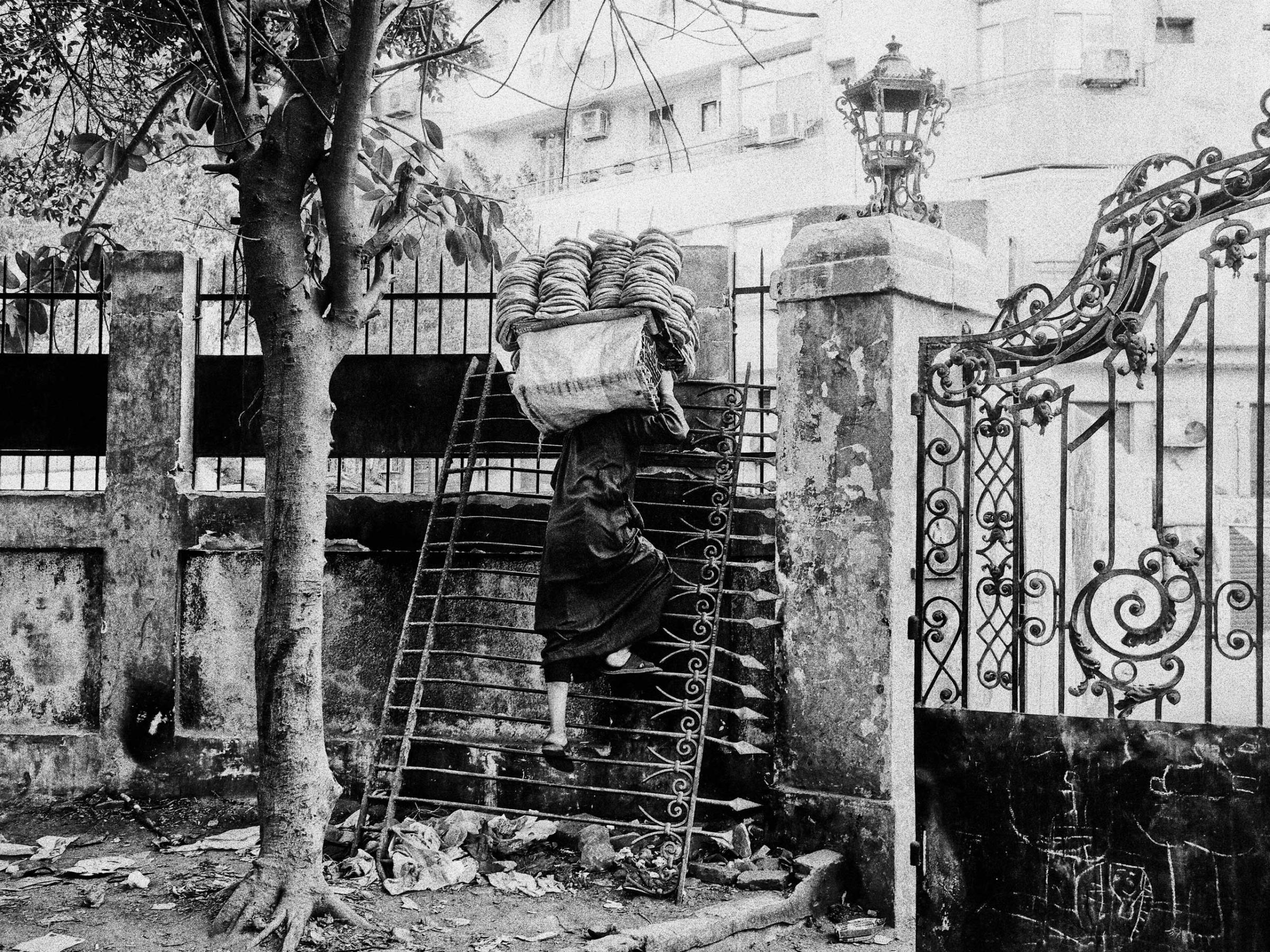
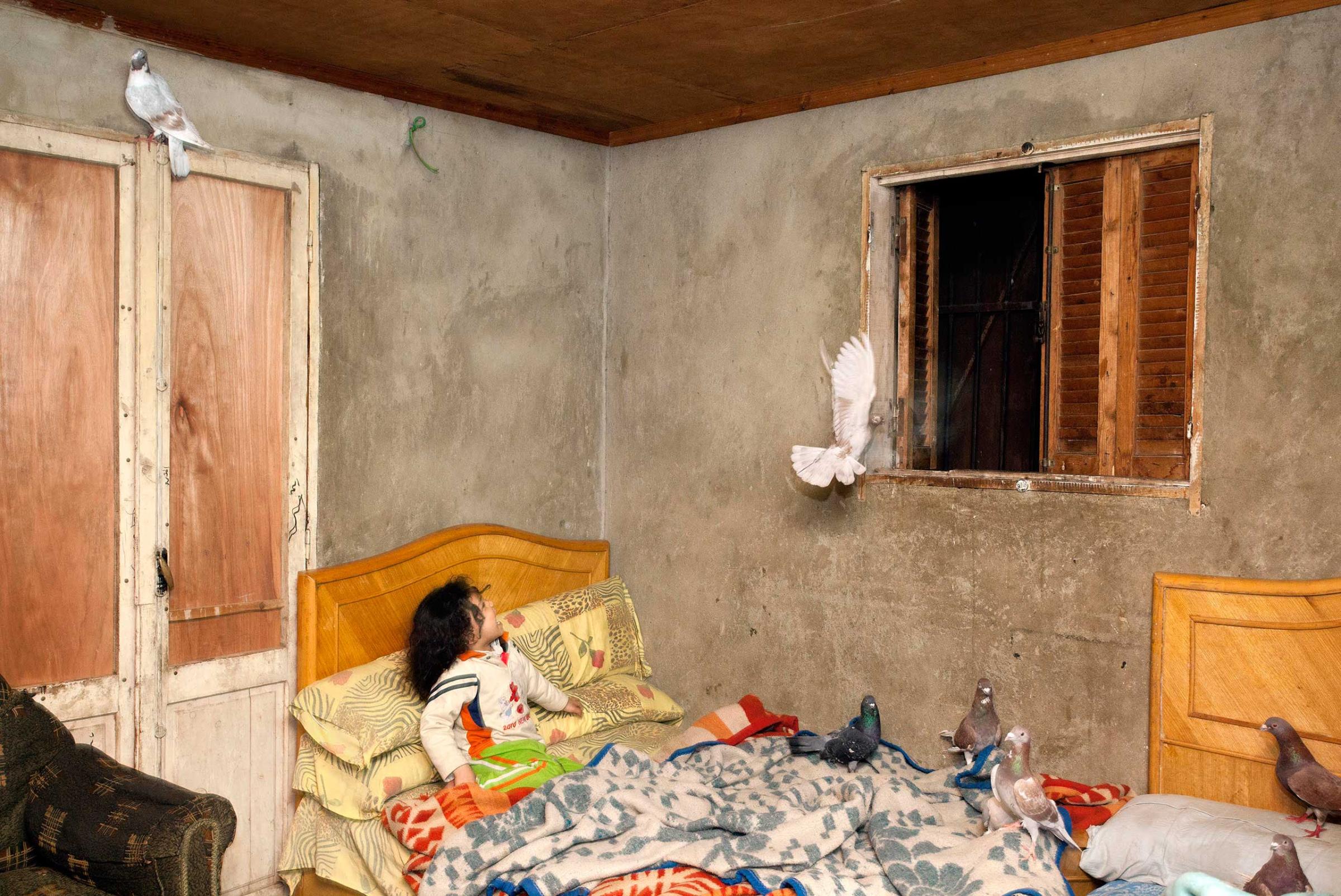
More Must-Reads from TIME
- Why Trump’s Message Worked on Latino Men
- What Trump’s Win Could Mean for Housing
- The 100 Must-Read Books of 2024
- Sleep Doctors Share the 1 Tip That’s Changed Their Lives
- Column: Let’s Bring Back Romance
- What It’s Like to Have Long COVID As a Kid
- FX’s Say Nothing Is the Must-Watch Political Thriller of 2024
- Merle Bombardieri Is Helping People Make the Baby Decision
Contact us at letters@time.com